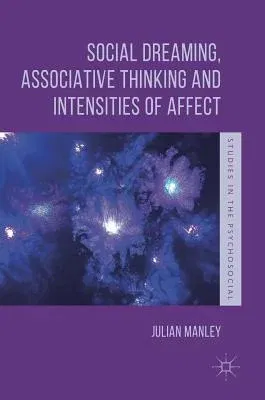Julian Manley
(Author)Social Dreaming, Associative Thinking and Intensities of Affect (2018)Hardcover - 2018, 3 September 2018

Qty
1
Turbo
Ships in 2 - 3 days
In Stock
Free Delivery
Cash on Delivery
15 Days
Free Returns
Secure Checkout

Part of Series
Studies in the Psychosocial
Print Length
266 pages
Language
English
Publisher
Palgrave MacMillan
Date Published
3 Sep 2018
ISBN-10
3319925547
ISBN-13
9783319925547
Description
Product Details
Author:
Book Edition:
2018
Book Format:
Hardcover
Country of Origin:
NL
Date Published:
3 September 2018
Dimensions:
21.01 x
14.81 x
1.75 cm
ISBN-10:
3319925547
ISBN-13:
9783319925547
Language:
English
Location:
Cham
Pages:
266
Publisher:
Series:
Weight:
498.95 gm